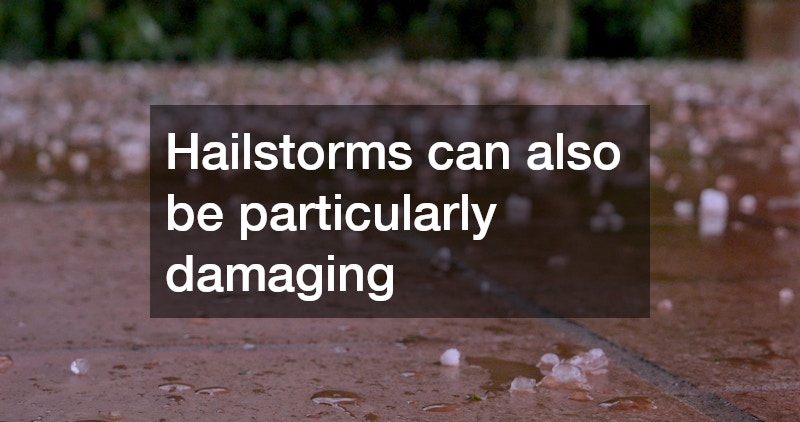In this article, we will explore the common causes of auto glass damage and provide practical tips on how to prevent them. Understanding these factors can help you maintain the integrity of your vehicle’s glass and enhance safety.
What are the Most Common Causes of Auto Glass Damage?
1. Road Debris and Flying Objects
One of the most prevalent causes of auto glass damage is road debris, including rocks, gravel, and other flying objects. When vehicles travel at high speeds, even a small rock can cause significant chips or cracks in windshield glass, compromising visibility and safety.
These impacts not only create unsightly blemishes but can also lead to serious structural integrity issues if left unaddressed. Vehicle owners should be particularly cautious on poorly maintained roads or during construction, where debris is more prevalent.
The risk of damage from road debris emphasizes the importance of maintaining a safe distance from heavy vehicles, which are more likely to kick up rocks and other materials. Regularly inspecting your windshield for signs of chips or cracks can help you catch issues early before they escalate into larger, more dangerous problems.
2. Weather Conditions
Extreme weather conditions can significantly affect windows and windshields and lead to cracks or shattering. Fluctuations in temperature, especially sudden changes, can cause the glass to expand and contract, which may result in stress fractures.
Hailstorms can also be particularly damaging, as the force of falling hailstones can leave deep dents or cracks in your windshield. Furthermore, in freezing conditions, ice may form on a damaged windshield and expand, exacerbating the existing issue.
To minimize exposure to such weather-related damage, consider parking your vehicle in a garage or sheltered area during extreme conditions. Using a windshield cover during winter storms can also provide an extra layer of protection against hail and ice.
How Can I Prevent Auto Glass Damage?
1. Regular Maintenance and Inspections
Regular maintenance and inspections are crucial for preventing auto glass damage. Taking the time to examine your windshield frequently for chips and cracks can help catch small issues before they worsen.
Many professionals recommend a regular inspection as part of routine vehicle maintenance, especially if you frequently drive in high-traffic areas or regions with harsh weather conditions. Addressing minor imperfections quickly can save you the cost of more extensive repairs down the line.
In addition, keeping your windshield clean can help maintain visibility and reveal any potential problems that might need immediate attention. A clear windshield is essential not just for aesthetics but for ensuring your safety on the road.
2. Using Protective Products
Protective products like films and coatings can significantly reduce the risk of auto glass damage. A windshield protection film can act as a barrier against debris, reducing the chances of chipping or cracking.
Similarly, applying a durable coating can help strengthen the glass against scratches and prevent shattering from impacts. Many of these products are designed to withstand extreme temperatures and environmental conditions, thereby enhancing durability.
When investing in protective products, consider professional installation to ensure optimal effectiveness. A well-applied film or coating can extend the lifespan of your windshield, keeping your vision clear and your vehicle safe.
What Should I Do if My Auto Glass is Damaged?
1. Assessing the Damage
When you notice damage to your auto glass, the first step is to properly assess its severity. Look closely at the size and type of the damage, as small chips may be repairable, while larger cracks could warrant a complete replacement.
Typically, chips smaller than the size of a quarter can be repaired, but if the crack extends across the entire length of the windshield or obstructs your view, it’s time to take action. Ignoring these issues can result in a dangerous situation while driving, leading to diminished visibility.
Evaluate not just the immediate damage but also any related stress points that could worsen over time. Because windshield issues can be progressive, prompt action is essential for ensuring your safety and comfort on the road.
2. When to Seek Professional Help
Knowing when to seek professional help is critical in preventing further damage to your windows and windshields. If you find yourself dealing with a chip or crack that is significantly impairing your visibility, it’s best to consult an expert immediately.
Additionally, if the damage occurs in a high-risk area—such as the driver’s line of sight—getting a professional assessment should be a priority. Professionals can not only repair minor damages but also guide you on how to prevent similar issues in the future.
In most cases, your insurance may cover at least part of the repair or replacement cost, making it a financially wise decision to act promptly. Overall, when in doubt, it’s better to err on the side of caution and turn to a qualified technician for assistance.
By understanding the common causes of auto glass damage and implementing preventive measures, vehicle owners can enhance safety and prolong the life of their windows and windshields. Make sure to stay vigilant and act promptly if issues arise, as this can significantly impact your driving experience.

